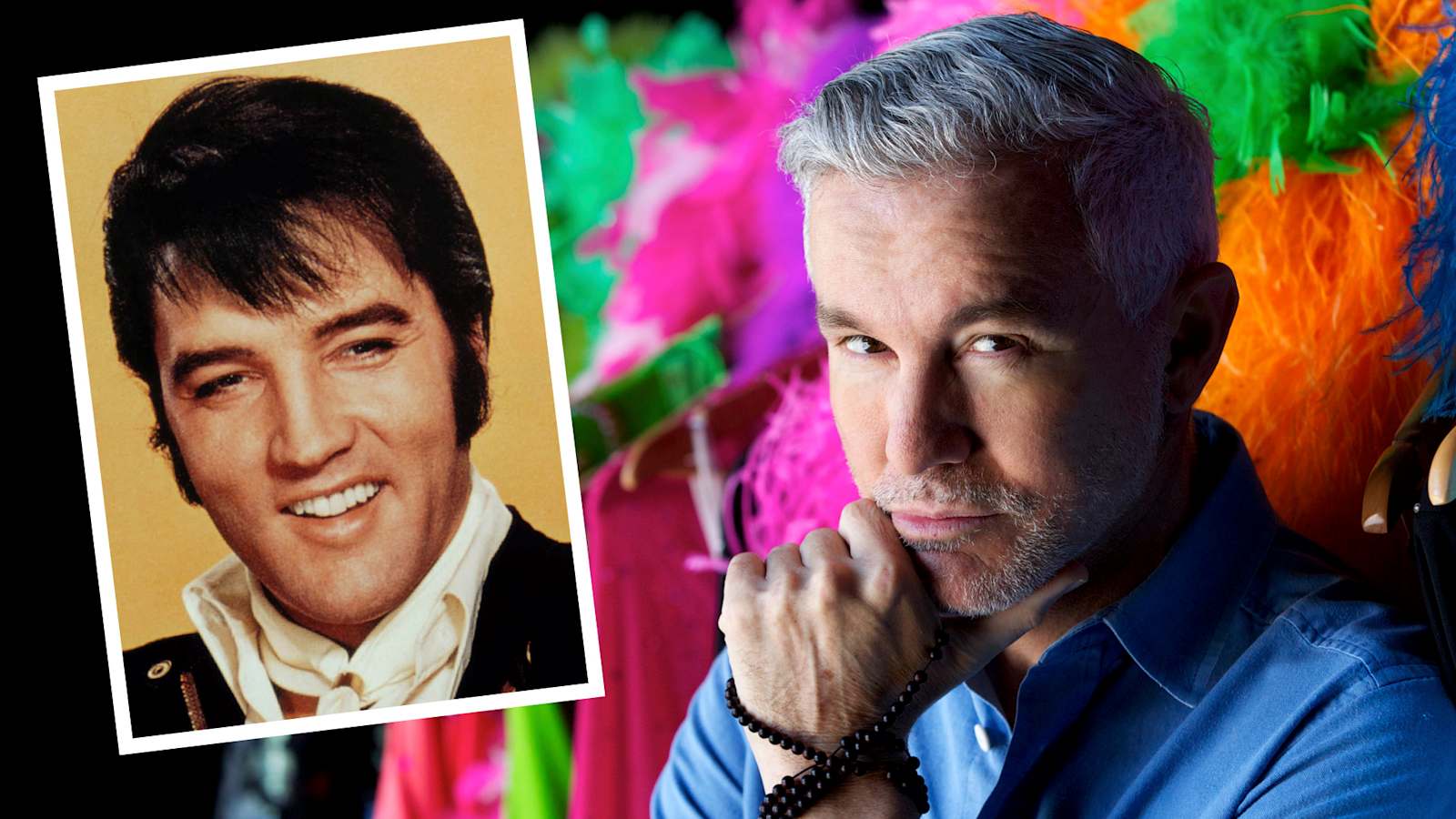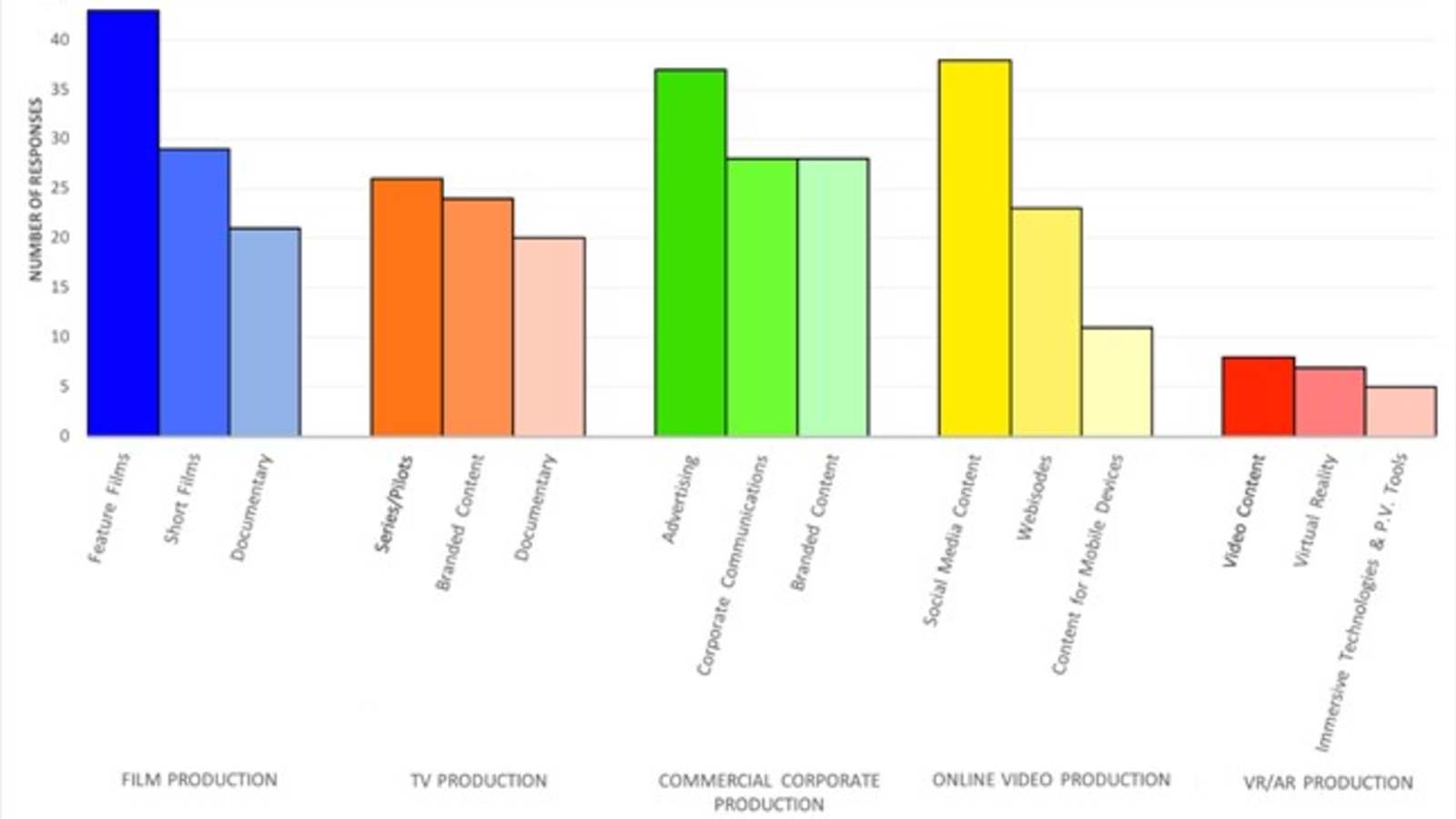Queensland a mini Hollywood for all but the little guys
by Jocelyn GarciaThe Gold Coast has transformed into a mini Hollywood over the past 30 years, but government funding is leaving Australian low-budget and indie productions behind.
A QUT Digital Media Research Centre study, supported by the Gold Coast City Council, found the council's film attraction program was not designed to support lower budget, local projects.

Associate Professor Mark Ryan said the Gold Coast was attracting large-scale US blockbusters and high-budget Australian television productions and feature films, such as Baz Luhrmann's Elvis, which is currently being shot on the Gold Coast.
However, Dr Ryan said despite growth in the local industry, there was still a gap, particularly in lower-budget productions.
"The council’s Film Attraction Program, while an excellent initiative, is not necessarily designed to support lower-budget Gold Coast-originated projects," he said.
The program offers financial assistance for productions with budgets of at least $1.5 million.

"We recommend the $1.5 million threshold be lowered to support local low-budget and indie production," Dr Ryan said.
He said the pandemic also led to a shortage of established producers in large production companies.
Recommendations in the QUT report include the creation of a development program for producers, and a program to help corporate producers pivot towards the creative industry, Dr Ryan said.
Ramrock Entertainment writer and director Scott D Clark has been working through the pandemic to film his thriller Him, which was inspired by Brisbane serial killer Francis John Fahey.

"He was an ambulance officer saving lives during the day and taking lives at night. He would dump the bodies beside a police station," Clark said.
"We've got a unique story and a great cast, including Peter Phelps from Baywatch, Izzy Stevens from Underbelly, and Steve Bastoni from The Matrix sequel and Underbelly.
"But we've fallen short of grants and are stuck in this zone of indie films because our budget was $160,000 instead of the minimum of $1.5 million."
Clark said the border restrictions were also making filming difficult as they prevented him from bringing his cast to Brisbane from Victoria and New South Wales.
"There's a major hole in the budget for us to pay actors' daily rates while they're in quarantine if we brought up our cast from down south, as well as the hotel fees," he said.
Prime Minister Scott Morrison planned to inject $400 million into attracting film and television productions to Australia, in an effort to bring in about $3 billion in foreign expenditure and create 8000 new jobs each year.
New York Film Academy Australia, a college for filmmakers, actors and screenwriters located in a backlot at Village Roadshow Studios on the Gold Coast, is this month offering a tuition discount for the next intake of students studying diplomas and advanced diplomas.
Dr Ryan said 35 independent films were made on the Gold Coast between 2009 and 2019 outside the Village Roadshow Studios.
Gold Coast-based production companies produced 17, nine were shot by Brisbane-based production companies, and a further nine by largely Sydney-based production entities.
"Between 2015 and 2019, the number of active ABNs in the Gold Coast film and television industry grew from 608 to 921. Many of these companies employ dozens, or even hundreds, of people," he said.
"This growth has been driven by a strong increase in the number of key content creators, such as producers, directors and writers, living and working in the city."
Dr Ryan said the Gold Coast had been a popular location for US blockbusters and high-budget Australian feature film and television productions for more than 30 years.
"Since the early 2000s, a small group of content creators based on the Gold Coast has produced local content, largely feature films and documentaries both in and outside the region," he said.
"Yet until 2009, the number of Gold Coast-based writers, directors and producers creating intellectual property and developing projects was small, production was infrequent, and talent-drain was common.
"A key finding of the study is that there has been strong growth in Gold Coast-originated screen production over the last decade, from the killer-shark movie Bait (2010) and the alien invasion film Occupation (2018), to the documentary Nothing on Earth (2013) and the web series Stage Mums (2018)."
Hollywood actor Tom Hanks returned to Queensland on Tuesday to film Luhrmann's Elvis after production was stopped in March when he and wife Rita Wilson tested positive for COVID-19.
Premier Annastacia Palaszczuk said Hanks and other crew members were granted entry into Queensland under the screen industry’s COVID-safe plan.
Companies, including Screen Queensland, were also diverting funds to fast-track projects and invest in creative ideas to begin new projects after the film industry stalled in March and April, despite an increase in viewers watching movies, particularly on streaming services.
The Media, Entertainment and Arts Alliance union's communications director, Mark Phillips, said the Australian industry was valued at about $2.5 billion a year and accounted for 20,000 jobs. Post-production services accounted for a further $382 million and more than 4000 full-time jobs.
He said 120 Australian film and television productions were suspended or cancelled in March.
"These have ranged from big international productions, like the Baz Luhrmann Elvis film, to mainstays of Australian television, like Home and Away," he said.
"As restrictions have been relaxed, a handful of productions have resumed shooting under strict health guidelines, including social distancing.
"MEAA has worked with producers and other screen organisations to develop these guidelines."
Mr Phillips said it was critical that local content quotas for free-to-air television, which were suspended due to the pandemic, were reinstated as a matter of urgency to get people back in jobs.
"New content rules also need to be introduced for digital streaming platforms to encourage investment in Australian content," he said.
"The only thing holding us back in a very competitive global environment are our financial incentives for film production, which have fallen behind our international competitors."
Mr Phillips said changes needed to benefit the entire screen industry, adding the government's $4 billion boost was not enough.
"To achieve this, we need the government to introduce a 40 per cent platform-neutral producer offset, and to increase the location offset to 30 per cent from its current level of 16.5 per cent," he said.